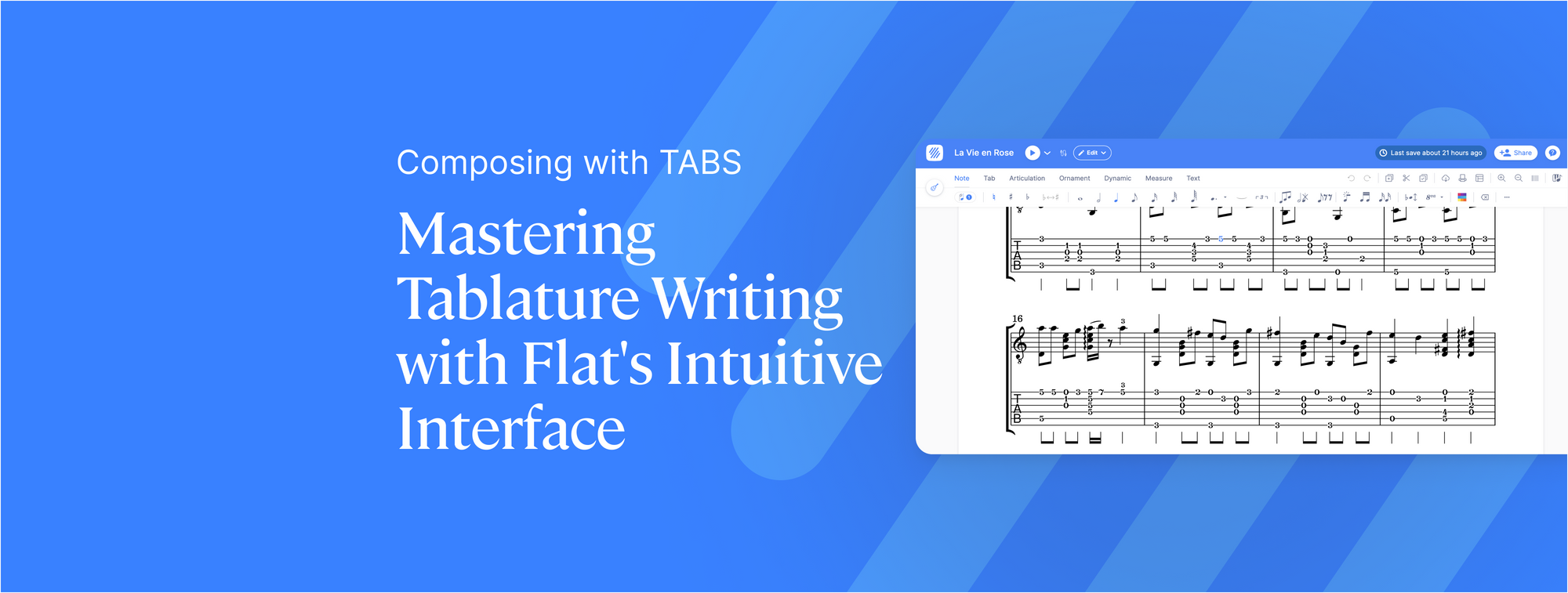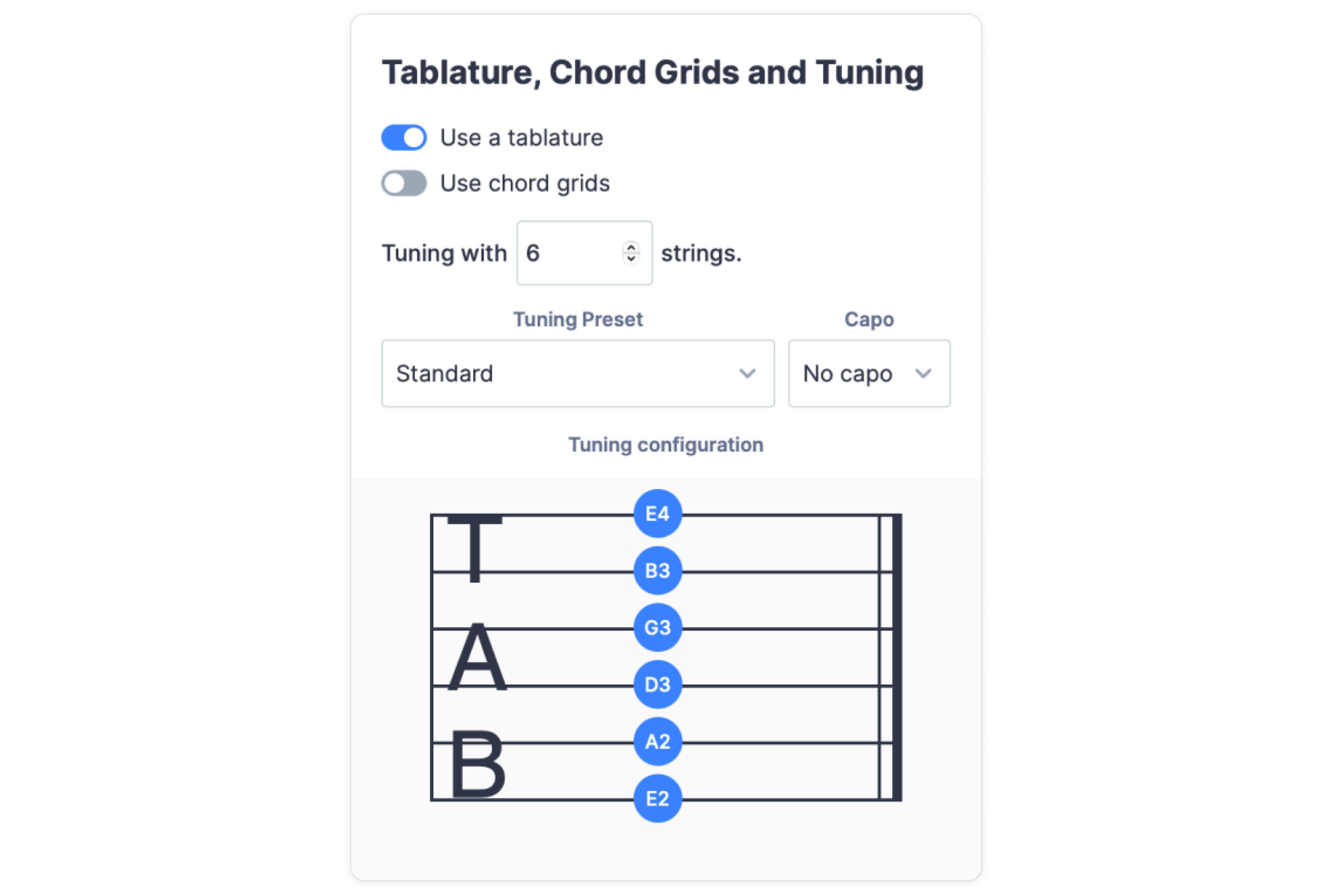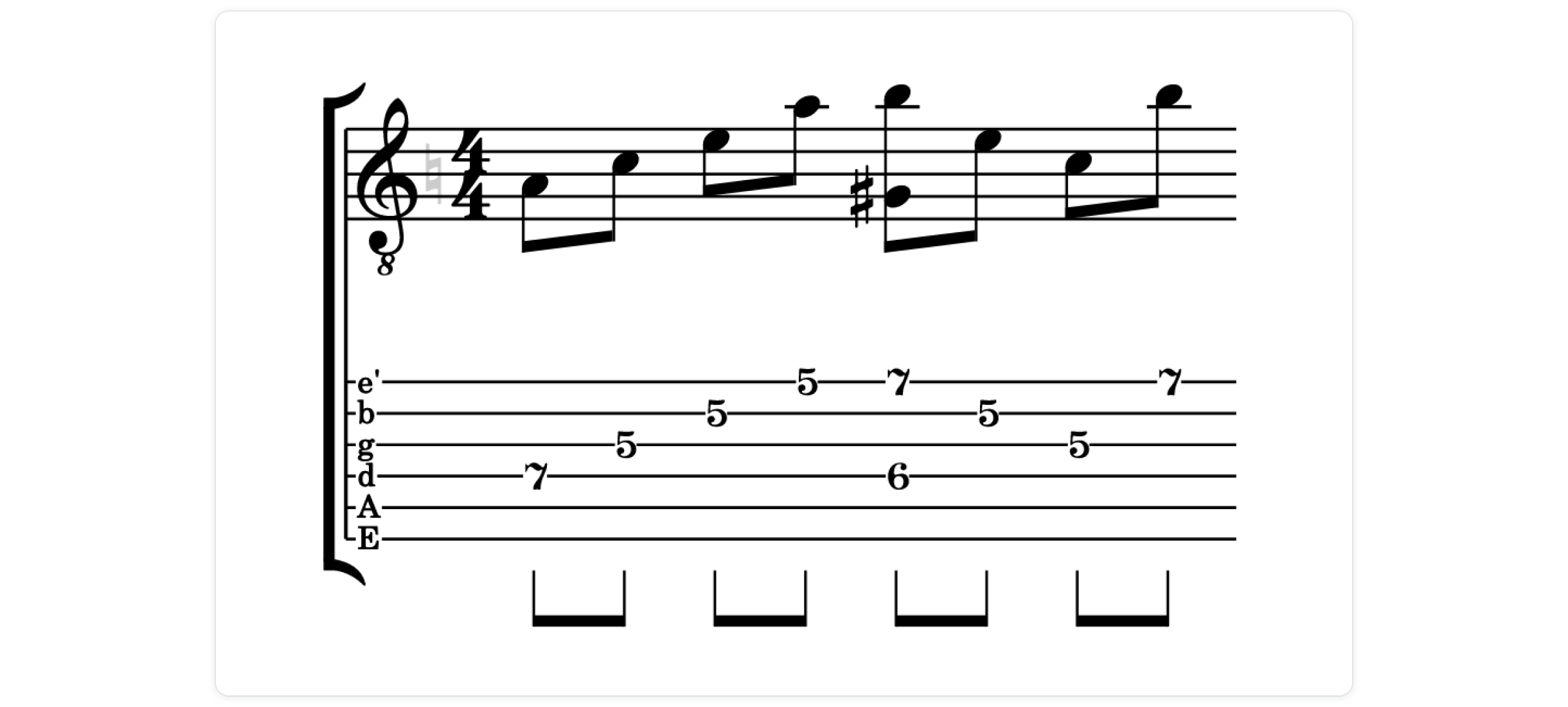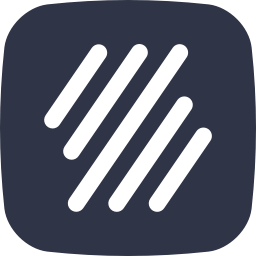Tablature is a simpler way to write music for instruments like the guitar, bass, and ukulele. It's designed to be easy for beginners and experienced musicians alike, helping them to better understand and create music. Today, we're introducing a new feature that will make your tabs even better and easier to read. But first, let's cover the basics!
What's a tablature?
In short, a tablature is a simplified music notation used for stringed instruments. Unlike regular complex notation, it uses numbers and lines to show strings and frets. One big advantage of tabs is that they let even beginners start playing their favorite songs, keeping that motivation to continue improving high.
To learn more about about this type of notation, check out this article:

Custom tuning and capo
Using Flat's music notation software, you can customize your instrument settings to create personalized tablatures that look exactly how you like! In a few clicks, you can adjust the number of strings, tuning, and capo position. The tablature will then show these changes, giving you an accurate view of your instrument's setup.

💡 If you need a tutorial on how to customize the tuning and capo, look here.
So far, so good? Now let's get to the good part.
In-score guitar tuning display
We've introduced a new feature that's sure to please all you fretted instrument players: tuning is now conveniently shown directly within the tab staff!

We're following the Helmholtz pitch notation, to ensure there's no confusion about note octaves. This approach removes any uncertainty about which octave a note belongs to.
Then, the example we've presented represents the commonly used EADGBE tuning for guitars. This tuning serves as a familiar and widely-used foundation for musicians, and it highlights the improved features of our software.
And that's not all! If present, the capo is also displayed in the tabs:

We think these changes will definitely aid you in both composing your own scores and playing music created by others!

